The Meaning of Life, Natural Science, and Belief in Religion
A researcher (biochemist and university professor emeritus) explains our true being and the world since the big bang.
Table of contents
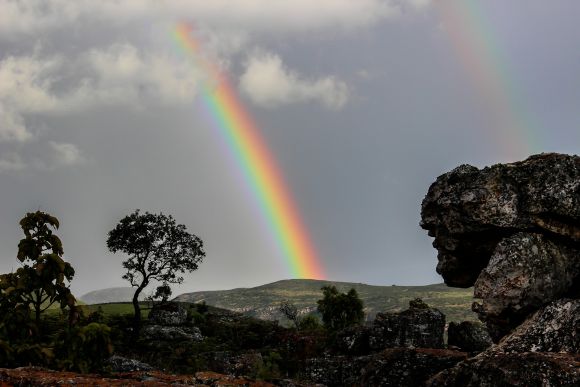
1. Meaning, faith, and science
Two thousand years ago, humans were still trying to scientifically prove the existence of God and the meaning of human life. Four and a half centuries ago, Earth was believed to be the center of the universe. And two centuries ago, many believed that nature, and with it humanity, was seeking to achieve ultimate perfection.
These factors appeared to be a testament to the regulatory hand of God, who had chosen humanity to be the summit of all creation. However, faith and religion have deeper roots.
Not much of all of this is left today. We acknowledge the fact that there will never be scientific proof that there is a God, even though some of the brightest minds in history have searched for such proof. The astronomers of the Renaissance showed that our Earth is only a minor celestial body among billions of others.
After this, the development of life was no longer evidence of divine workings that gave purpose and meaning to biological evolution.
About 80 years ago, astronomers discovered that our universe was formed about 14 billion years ago by the explosion of an infinitely small point of energy in the big bang and that it is still expanding. This discovery confirmed the conclusion that fixed physical and chemical laws determine the fate of the world. See also holism and organicism.
| This new worldview degraded humanity to a tiny and volatile clump of matter in a chemically primitive universe. It seemed as if the natural sciences had robbed us of our dignity and dreams and gave us only facts. However, the natural sciences have also offered us new dreams of almost breathtaking drama and beauty. And nothing has revealed the uniqueness and dignity of every human being as impressively as modern biology. |
The scientific worldview of the twenty-first century shows us a universe full of mysteries, in which living matter is an almost inconceivably precious exception. See also Life Sciences.
But we often mix these two things — and that is our curse. See also ego development and developmental psychology.
Our self-imposed meaning of life, even if religiously inspired, should not contradict scientific findings (Existence of God).
Those who feel they are the sole summit of creation and therefore think they can do as they please with other living beings have not found meaning for their life, but instead senselessness. The same is true for people who insist on basing their thoughts and actions on their horoscope. See also Barnum effect.
2. The universe, earth, and life
Our universe was formed about 14 billion years ago by the inconceivably massive explosion of a tiny point of energy. It was a burst of electromagnetic energy, in other words, of light. When the universe then expanded, a part of that light energy was condensed to become matter, which slowly cooled and formed atoms. These were hydrogen atoms, the simplest and smallest of all atoms. As more and more light transformed into matter, the universe became dark.
But then, huge clouds of hydrogen gas accumulated under the pressure of their own gravity and heated up so much that the hydrogen atoms began to merge as in a hydrogen bomb, releasing enormous amounts of energy in the process. The nuclear fire of the stars was ignited and gave the universe light again. These first suns shone until their nuclear fuel was exhausted. See star formation and galaxy.
When they died, some hurled their ashes far into space, and others exploded and forged heavy atoms in the process, such as copper, gold, and uranium, which had not previously existed. The ashes from these stars condensed again into clouds and heated up to a point where nuclear fires finally began to burn again.
Our sun is one of those stars of the later generation. When it formed from a gas cloud about four and a half billion years ago, it lost its outer layers and thus gave birth to the planets, such as our earth.
Earth was originally a red-hot ball, like all of the planets in our solar system. When it had cooled to a point where a solid crust could form on its surface, it collided with a giant meteor or a lost planet, which turned it back into a liquid fireball and wrested from it our moon.
After some 100 million years, when things had calmed down again, signs of life appeared on this battered planet.
We will probably never know with absolute certainty how life on Earth began. It could have come from comets, water-rich asteroids (protoplanets), or trans-Neptunian objects, which is how a portion of our water arrived on Earth. It is also possible that it formed in hot impact craters or volcanic pits, which served as natural chemical retorts.
Many of the complex molecules typically found in live cells were formed in these retorts
Many of the complex molecules typically found in live cells (see living organisms) were formed in these retorts. This includes amino acids, which are the building blocks of our proteins; fats, which make up our cell membranes; and the four basic building blocks of our genetic material DNA, which I will take up shortly.
These molecules combined to form increasingly complex aggregates, until one of these aggregates finally reproduced itself, recorded its composition and manner of functioning in genes, and developed into ever higher forms of life. This spontaneous origin of life was infinitely improbable, but because nature kept trying over hundreds of millions of years, it ended up taking place.
Only a single successful experiment amongst these billions of experiments was needed to ignite the spark of life. Humanity is just a small and young branch on this miraculous tree of life.
Does this show that we are insignificant? Not at all!
The complexity of an object is measured by the amount of information it takes to fully describe the object.
If I had to describe the composition and chemical signature of a simple mineral, I would probably need about a page. However, if I had to describe the chemical structure of a human being, I would need a million times more space, that is if I could do it at all. The immense amount of information needed to describe a human body is written in our genetic material, our DNA.
DNA and genome
You probably know that DNA consists of thread-like macromolecules, in which four different chemical components are strung together in an ever changing order, like pearls on a chain.
These four components are four letters whose order results in a chemical signature. These signatures record the proteins our body produces and where it deposits them.
If you could combine the DNA threads of all living humans into a single thread, this thread would be twenty times longer than the distance from Earth to the Moon.
We, as humans, are a highly exclusive aristocracy of highly complex matter that can not only perceive the environment and think, but also think about ourselves.
3. Genetics and epigenetics
But how independent are we in our thinking? What is the extent of our autonomy? Until recently, it seemed that each one of us was just a biochemical machine strictly controlled by genes. This would mean that the genes we inherit from our parents (actually from our ancestors) would determine our actions and thoughts from birth to death. That is a rather depressing concept as it would deny us freedom of decision and moral responsibility.
Now, however, more recent scientific findings show that:
We call these acquired changes in our genome “epigenetic” changes.
Epigenetic mechanisms are affected by several factors and processes including development in utero and in childhood, environmental chemicals, drugs and pharmaceuticals, aging, and diet.
DNA methylation is what occurs when methyl groups, an epigenetic factor found in some dietary sources, can tag DNA and activate or repress genes. National Institutes of Health (NIH), 2005
Let me explain the difference between a mutation and an epigenetic alteration with an example.
If we use the four letters a, b, c, and h of the alphabet to represent the four different gene letters, then combining them to “bach” (as in the composer Johann Sebastian Bach) would give us a word that makes sense. If the sequence of letters were mutated, it would become a string of meaningless letters such as “bbch” or “aach.” In an epigenetic change, however, “bach" would become “bäch” for example. The letter “a” is not replaced or removed, but only marked by an umlaut (vowel mutation).
When this happens with the genetic material of an egg or sperm cell, the epigenetic changes can be passed on to the following generations.
The triumph of the theory of evolution by Charles Darwin, which was based on random variation and effective selection, pushed Lamarck’s ideas into the background for a long time. Today, however, we know that both scientists were right. Nature does not care about theories from scholars, but instead utilizes every possible way to help living organisms adapt to their environment.
It passes this fear reaction on to its offspring, who have never smelled the fragrance or suffered an electric shock.
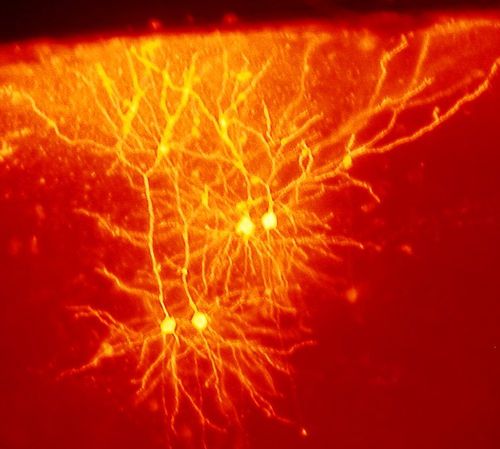 | See also avoidance behavior. This fear reaction is passed on even when the offspring is raised by untreated foster mothers or conceived by in vitro fertilization. This epigenetic heredity causes genes that control the detection of fragrances to become altered. |
The acquired fear of a certain fragrance is thus hereditary — and with such high efficiency that it cannot be a classical mutation, which are very rare.
However, the genetic material, DNA, is involved because as we see in this case of the hereditary fear reaction, the genes that govern the recognition of fragrances are epigenetically altered.
Although these findings were the result of experiments with animals, they are most likely also important for humans.
There are many indications that malnutrition (hunger) or other stresses on the parents can affect the behavior and physical health of children and grandchildren, even if these descendants never experienced the hunger or stress that their parents were subjected to. See also Dutch famine of 1944.
A good social worker knows that in the large ghettos of this world drug addiction, depression, and the tendency to use violence form an unfortunate vicious circle that traps one generation after the next.
4. Responsibility and uniqueness
What do these findings have to do with the search for the meaning of life? A great deal because it means that every one of us is partly responsible for their genes.
And if we influence the genetic makeup of these people, then we could also change the genetic makeup of our children and grandchildren.
In fact, there is nothing that shows us more clearly just how closely we are integrated into this network of life and how much we can do to design this network in a more humane and kinder way. When we enter into life, only the interaction with our social environment makes us humans.
For a thinking person, this biological finding is an invitation to work to improve themselves and to ensure that the people they interact with are doing well. This is a challenge that forms an important part of my own purpose in life.
Our brain contains about 100 billion nerve cells, each of which is networked with hundreds or even thousands of other nerve cells. This allows an infinite number of combinations, which for the most part form first during the process of becoming an adult.
The number of these combinations greatly exceeds the total number of people who have ever lived, which means that the way each person thinks and feels is unique.
This is true even for identical twins, who essentially have the same genes. The uniqueness of each human being comes closest to what we commonly call the soul, which includes awareness and self-awareness.
5. Why do we die?
The complexity of our body makes us ephemeral. Our body uses a lot of energy to maintain its highly organized structure, but ultimately the physical law stating that the disorder in the world is inevitably increasing always wins.
See also developmental biology. As a result, we age and often get diseases such as cancer when we are older. In addition, the building blocks of our body are not optimal for today’s atmosphere. Life originated at a time when our atmosphere did not contain oxygen, and the early living organisms were therefore able to safely use oxygen-sensitive components.
However, when certain organisms began to feed on sunlight, they released oxygen as a waste product from the seawater.
Oxygen is highly corrosive and destroys many of our body parts through oxidation. This affects our brain and the retina of our eyes in particular, which explains why these body tissues are very susceptible to damage in old age.
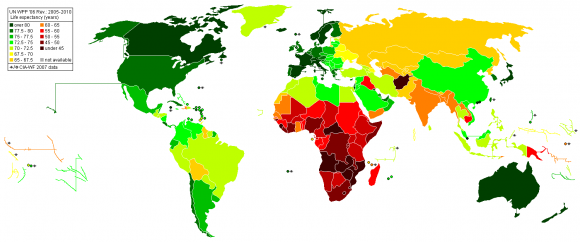
We do not know how long a person can live but assume that the maximum lifespan is about 120 years. Could the purpose of our lives be to use all means available to extend this maximum life span? In Switzerland and other countries, there are associations that have set this as their goal, claiming that the person who will become several 100 years old is already living.
I cannot make sense of such efforts; for me, this is simply nonsense.
- First, with our present level of knowledge, it seems impossible to stop all of the different biological clocks in our body simultaneously.
- Second, it should not be our aim to live as long as possible, but to die as healthy as possible.
- And third, life is as precious as it is simply because it is finite. If you cannot accept this fact, you may find it difficult to be happy.
6. The big question mark and humility
Anyone who is searching for the meaning of life has to deal with the fact that there is a big question mark at the beginning of the universe that eludes scientific investigation. Those who see the universe as a creation by God have already answered this problem for themselves. As mentioned before, I respect this manner of belief.
However, for me personally, it’s okay that this question mark at the beginning exists.
As a biologist, I am aware that we cannot even conceive of the most important questions about ourselves and the world.
And even if we could get an answer to this last question mark, science teaches us that each answer only leads to the next question. Science teaches us humbleness. It takes such humbleness to give a person’s life a worthy purpose.
There is a question mark before the big bang that is beyond science
Anyone who sees a divine creator in this question mark has already answered it for themselves. For me, however, the question mark is enough. I probably could not comprehend the answer to it — and if I could, then science teaches me that each answer only raises a new question. Science calls for humbleness. This is also part of the meaning of my life.
Our privileged position as highly organized matter in a predominantly primitive universe, the uniqueness of each human being, and the fact that we are not slaves to our genes, but can change these genes to some extent ourselves are facts that serve as a useful basis for a personal search for the meaning of life.
Science deals mainly with the unknown or dreams if you prefer to call it that. Nothing confirms this better than the following statement with which Russian astronomer and philosopher George Gamow described the role of humans in the universe.
Editorial
An abbreviated version of this article appeared in the "Neue Zürcher Zeitung (NZZ)" (Zurich newspaper) on December 20, 2014 (no. 296), on page 57 in the "Literatur und Kunst" (literature and art) section. It was published under the title "Urknall, Sterneasche und ein Fragezeichen" (big bang, star stuff, and a question mark).
The Wiley-VCH publishing house has published the following books written by Gottfried Schatz:
- Jenseits der Gene (Beyond the gene — essays on our essence, our world, and our dreams),
- Zaubergarten Biologie (Magic garden biology — how biological discoveries shape our image of humans), and
- Feuersucher (Fire seeker — the hunt for the secret to life energy.).
Dr. Gottfried Schatz, (1936–2015), professor emeritus of the University of Basel, was a biochemist.
Wikipedia: Gottfried Schatz played a leading role in the study of the formation of mitochondria and is one of the individuals who discovered mitochondrial DNA. His realization that this DNA encodes for only a few proteins was crucial for his further research that dealt with the import of proteins into mitochondria and the breakdown of proteins within mitochondria.
Schatz discovered a complex transport system that uses specific signals to recognize mitochondrial proteins, which are formed in the cytoplasm, and then feeds these into the mitochondria. This system includes the two protein complexes TOM and TIM, which are located respectively in the outer and inner membrane of the mitochondria. Mutations in these complexes can adversely affect the protein import and cause diseases such as neurodegenerative Mohr-Tranebjaerg syndrome, which leads to loss of hearing.
Schatz also showed that the protease Lon controls protein turnover in the mitochondria and in this way maintains the function of mitochondrial DNA. As a biochemist, Schatz authored more than 200 scientific publications, three essay volumes, an autobiography, and a novel.
Wikipedia also lists about 30 prestigious awards, including two honorary doctorates, that Gottfried Schatz received.
Additional information on the subject:
Entries on Wikipedia:
- Rare Earth Hypothesis versus Copernican principle.
- The anthropic principle (with string theory) and others versus creationism.

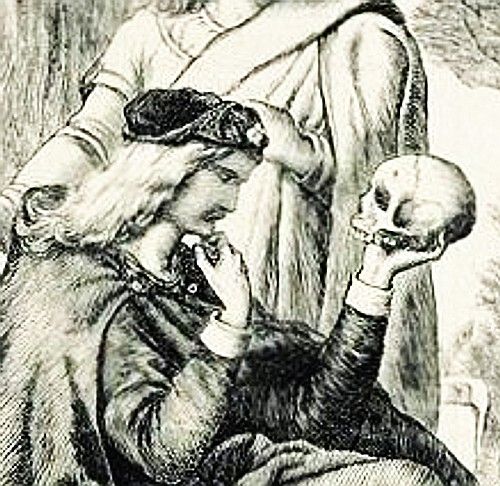
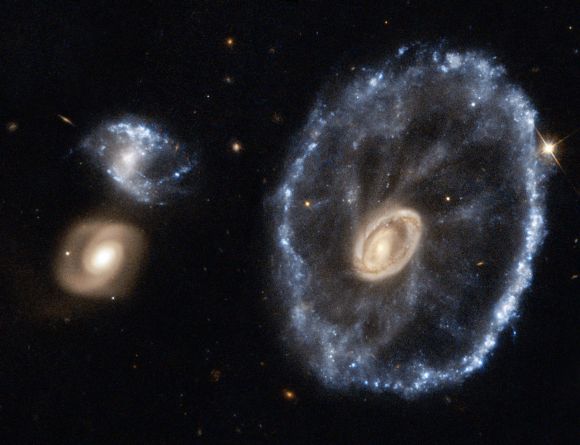
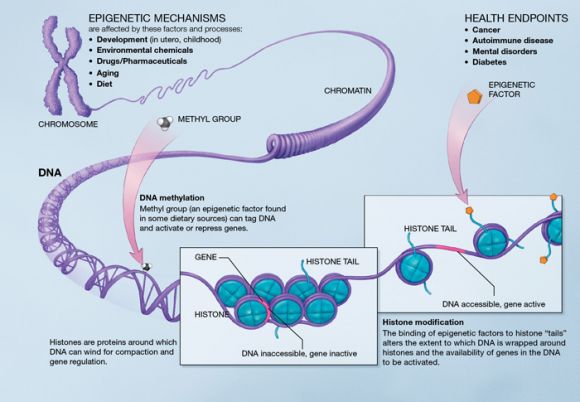
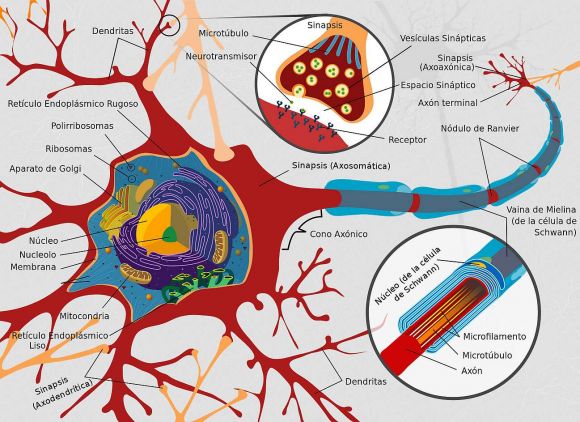
Comments